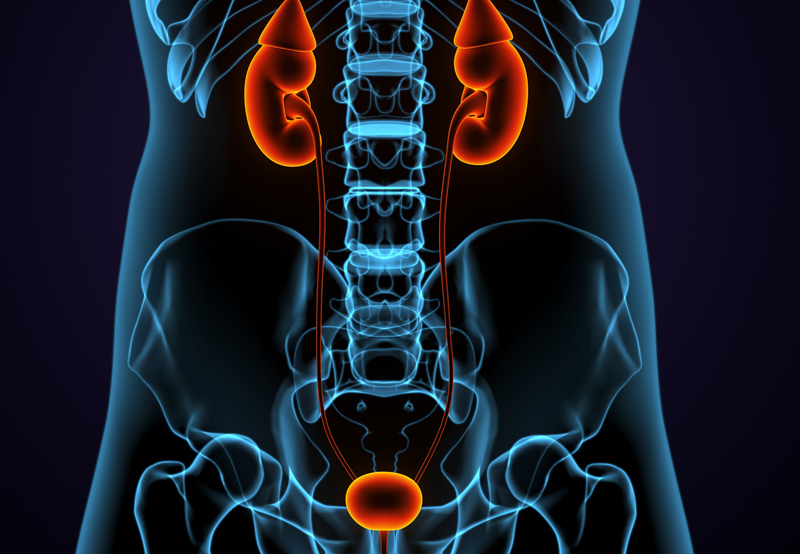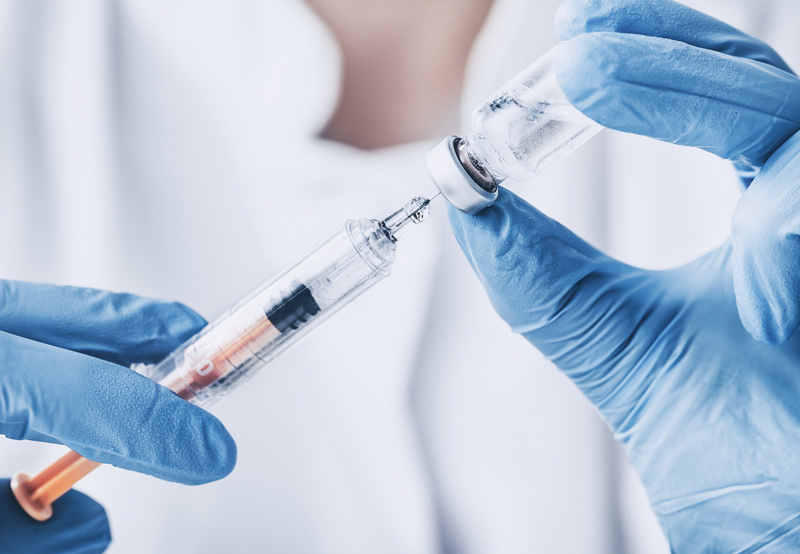

Urethral bulking injections are an option for patients who do not experience relief from conservative treatment for stress urinary incontinence.
Who Needs Urethral Injections?
Patients diagnosed with stress urinary may be treated with urethral bulking injections.
SUI is usually triggered by actions such as laughing, sneezing, or coughing.
These injections are usually recommended when patients haven’t experienced relief from exercises designed to strengthen pelvic floor and bladder muscles, or incontinence pessaries.

What to Expect During Injection of Urethral Bulking Agents
Urethral bulking agent injections may be administered under general or local anesthesia. This treatment may be recommended to add bulk to the sphincter and create a tighter seal in the urethra that will prevent urine from leaking.
If performed in the office, patients will be given local anesthesia and will be offered anxiolytics if desired to reduce sensitivity and minimize discomfort. The physician will use a rigid cystoscope to administer the injections.
The physician will insert a cystoscope into the urethra to help visualize the treatment area and guide needle placement to inject the bulking material. The entire procedure typically takes about half an hour.
If urethral bulking agents don’t provide sufficient relief from SUI, patients may undergo additional “top-off” procedures or consider alternative surgical options.
Bladder Botox Injections
Intravesical onabotulinumtoxinA injections have been FDA-approved for incontinence caused by nerve damage. Botox may also be used to treat patients with severe urge incontinence and issues with frequent urination unrelated to an issue with the urinary system.
What to Expect During Bladder Botox Injections
Before a physician can inject OnabotulinumtoxinA into the muscles of the bladder, patients will be asked to urinate to empty their bladder. Then, a local anesthetic gel will be applied to the treatment area to reduce sensitivity and minimize discomfort. The physician will use a flexible or rigid cystoscope to administer the injections.
The cystoscope will be inserted through the urethra into the bladder. The physician will pump sterile water into the bladder to expand the bladder’s lining and create a better view. Once the injections have been administered, patients are free to go home. The entire procedure usually lasts about 15-20 minutes.
The injected toxin will prevent muscular contractions by targeting the nerve endings. For a day or two after the procedure, patients may temporarily experience burning sensations during urination. Overall, however, the risks are minimal. It may take up to 4 weeks for treatment to take effect.
